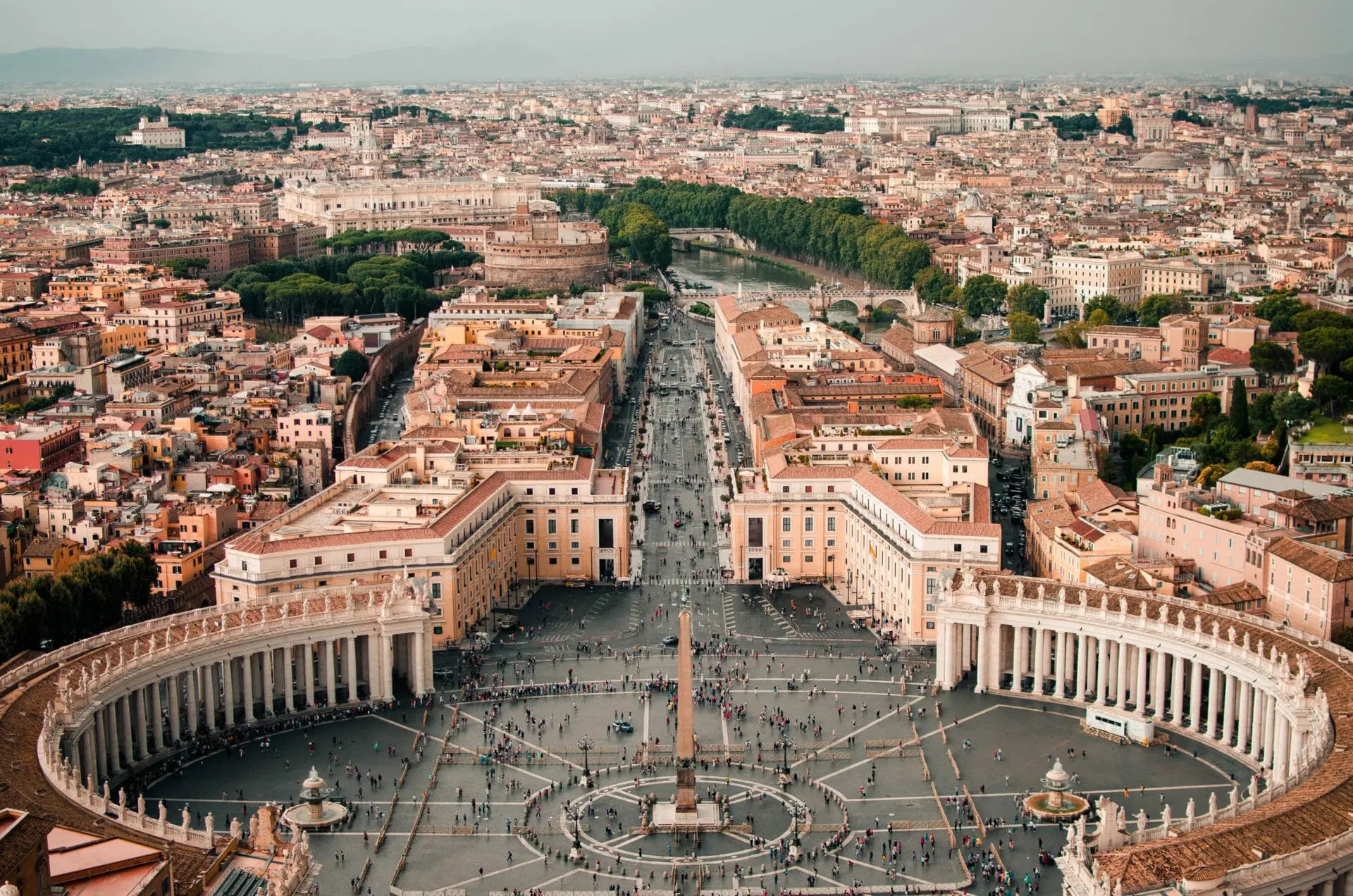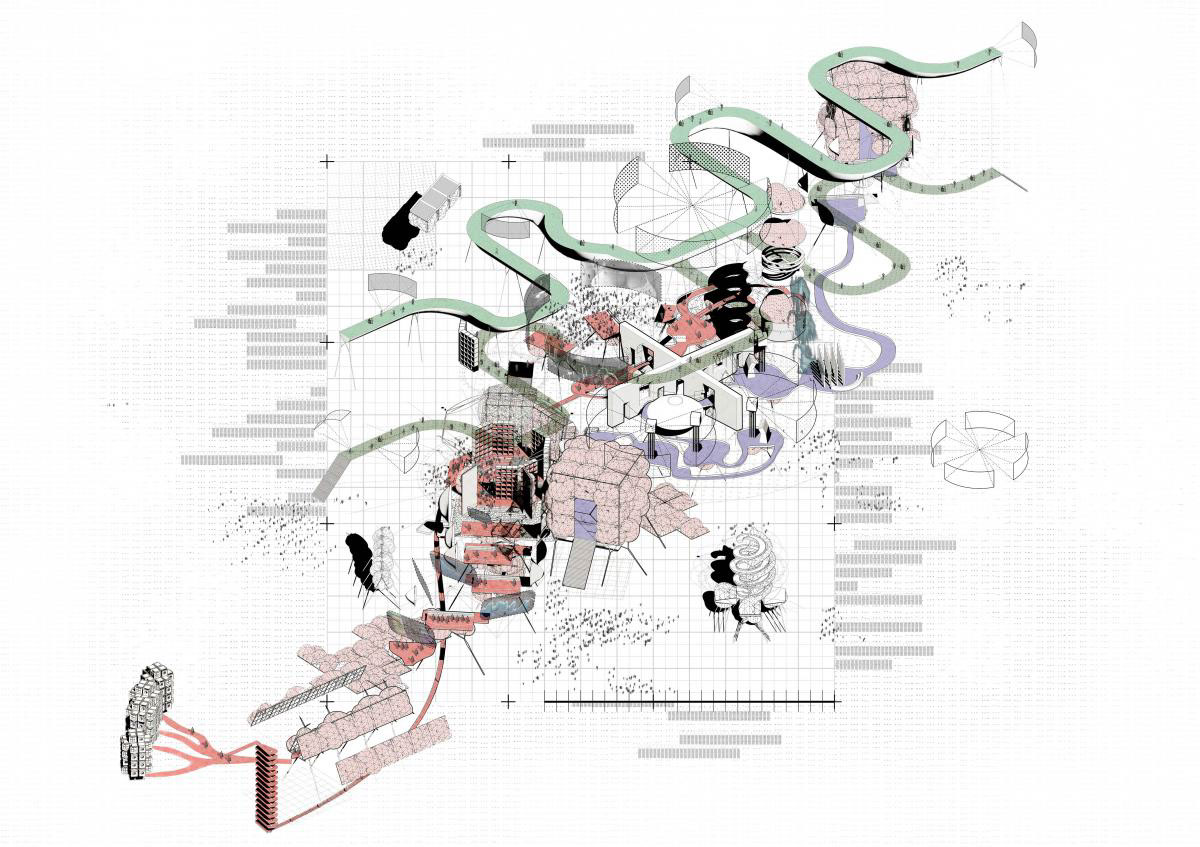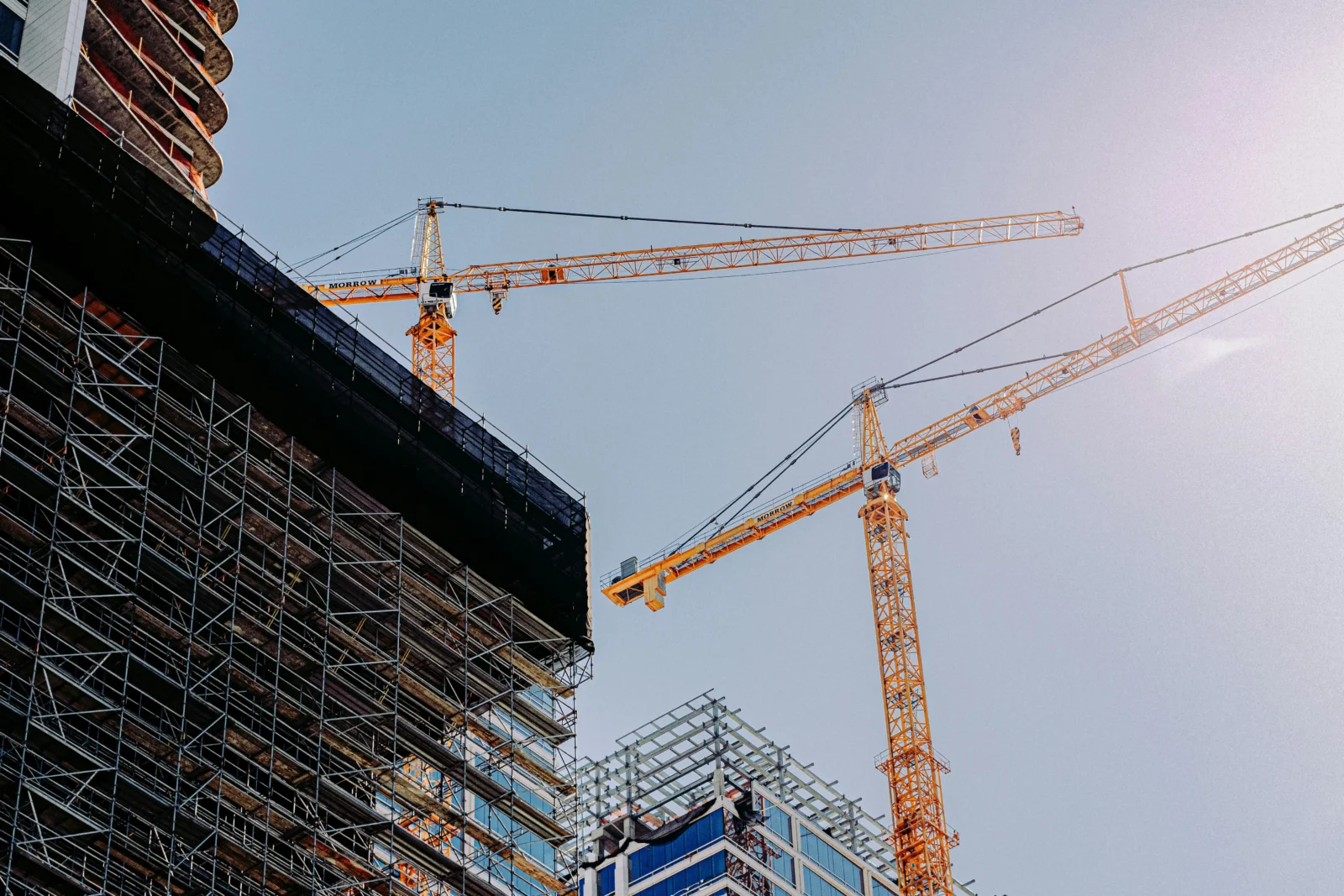- Home
- Articles
- Architectural Portfolio
- Architectral Presentation
- Inspirational Stories
- Architecture News
- Visualization
- BIM Industry
- Facade Design
- Parametric Design
- Career
- Landscape Architecture
- Construction
- Artificial Intelligence
- Sketching
- Design Softwares
- Diagrams
- Writing
- Architectural Tips
- Sustainability
- Courses
- Concept
- Technology
- History & Heritage
- Future of Architecture
- Guides & How-To
- Art & Culture
- Projects
- Interior Design
- Competitions
- Jobs
- Store
- Tools
- More
- Home
- Articles
- Architectural Portfolio
- Architectral Presentation
- Inspirational Stories
- Architecture News
- Visualization
- BIM Industry
- Facade Design
- Parametric Design
- Career
- Landscape Architecture
- Construction
- Artificial Intelligence
- Sketching
- Design Softwares
- Diagrams
- Writing
- Architectural Tips
- Sustainability
- Courses
- Concept
- Technology
- History & Heritage
- Future of Architecture
- Guides & How-To
- Art & Culture
- Projects
- Interior Design
- Competitions
- Jobs
- Store
- Tools
- More

The preservation and restoration of antique cities have always been a priority for nations worldwide. These cities embody a rich cultural heritage, reflecting the history, architecture, and way of life of the people who lived there. However, the concept of restoration has evolved over time, from mere conservation to a more holistic approach that takes into account the social and economic implications of the restoration process.
It is essential to rethink the concept of restoration to take into account the social and economic implications of the process. A more holistic approach that addresses the needs of the present while preserving the past is essential to ensure that these cities remain a source of inspiration and cultural pride for generations to come.

Examples of Preserved Antique Cities
One of the most renowned examples of antique city restoration is Pompeii in Italy. This ancient Roman city was destroyed in 79 AD by the eruption of Mount Vesuvius, and it remained buried under ash and pumice for almost 1,700 years until it was rediscovered in the 18th century. Since then, numerous restoration efforts have been undertaken to preserve the city’s remains, including the restoration of the famous House of the Faun, one of the largest and most impressive houses in the city.
Similarly, the restoration of the historic city of Fez in Morocco is also an excellent example of the importance of preserving antique cities. The city has been continuously inhabited since the 9th century, and it is home to some of the finest examples of Islamic architecture in the world. The restoration process has included repairing the city’s walls, restoring traditional houses, and improving infrastructure.

However, it is essential to rethink the concept of restoration, as some argue that it has become too focused on preserving the past rather than adapting to the present. One example is the restoration of the historic city of Havana in Cuba. While the restoration has been successful in preserving the city’s colonial architecture and cultural heritage, some argue that it has failed to address the social and economic issues facing the city’s residents.
Another example is the restoration of the historic city of Aleppo in Syria, which has been devastated by years of conflict. The restoration process has been slow, primarily due to the ongoing violence in the region. However, some experts argue that the restoration efforts should focus on not only restoring the city’s architecture but also on rebuilding the city’s social and economic infrastructure to improve the lives of its residents.
Things To Consider
Preserving antique cities requires a comprehensive and integrated approach that considers the conservation and restoration of cultural heritage, infrastructure, public awareness and education, community involvement, and sustainable development. By preserving these cities, we can ensure that they remain a source of inspiration and cultural pride for generations to come.

The most crucial aspect of preserving antique cities is the conservation and restoration of the buildings, monuments, and other cultural heritage sites. This includes preserving the original materials, techniques, and design features, as well as repairing or replacing damaged or deteriorated parts.
The preservation of antique cities also involves maintaining and upgrading the infrastructure, including roads, bridges, water supply, sewage systems, and other essential services. The infrastructure must be adapted to modern needs and technologies while preserving the historical and cultural significance of the city.
Public awareness and education are crucial for preserving antique cities. It is important to educate the public about the historical and cultural value of these cities and to promote responsible tourism and sustainable development.
Preserving antique cities requires the involvement of the local community, including residents, businesses, and other stakeholders. Their involvement ensures that the preservation efforts align with the needs and interests of the community and that the city’s heritage is valued and respected.
Sustainable development is an essential component of preserving antique cities. It involves balancing the preservation of the city’s heritage with the development of modern infrastructure and economic opportunities. Sustainable development ensures that the city’s heritage is preserved for future generations while also meeting the needs of the present.

Submit your architectural projects
Follow these steps for submission your project. Submission FormLatest Posts
Dependable Service for Everyday Appliance Problems
When a washer stalls mid-cycle or a fridge warms up, you need...
8 Essential Web-Based Mapping Tools for Modeling Sea Level Rise and Flood Impacts
As climate change accelerates, flood risk and sea level rise have become...
How Sydney’s Architecture Responds to Climate, Light, and Lifestyle
Sydney’s architecture has never been driven by form alone. It evolves through...
Shipping Containers as Functional Infrastructure on Construction Sites
Construction sites are temporary by definition, yet the systems that support them...












Leave a comment